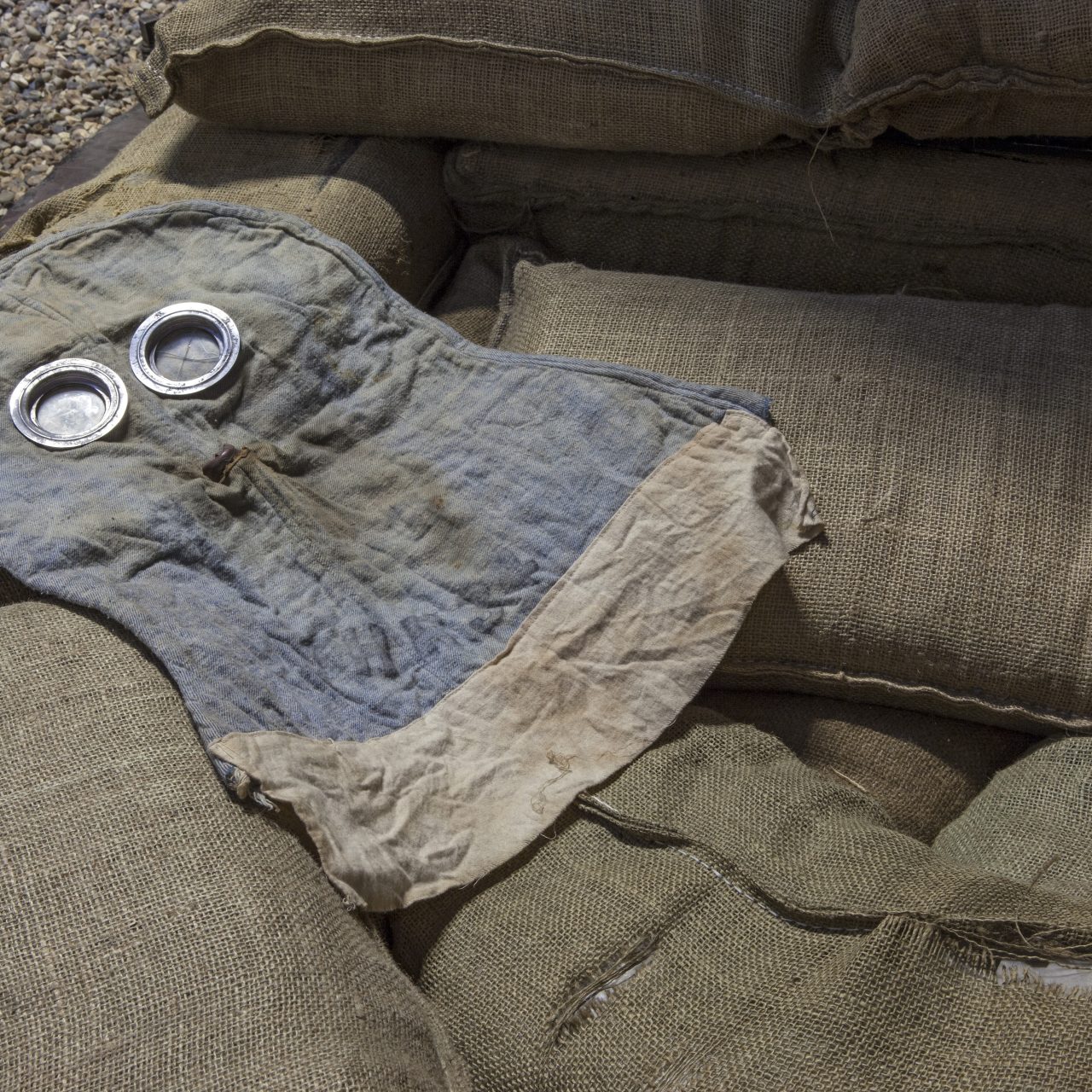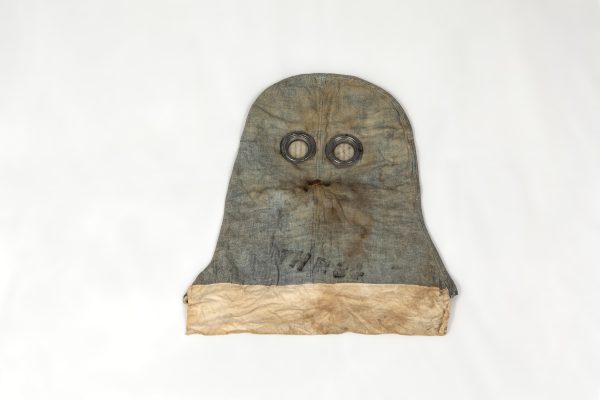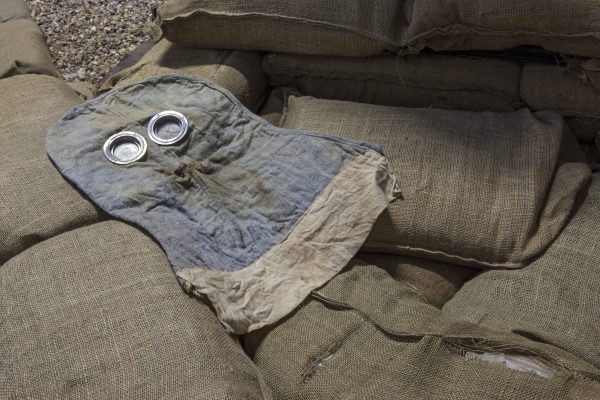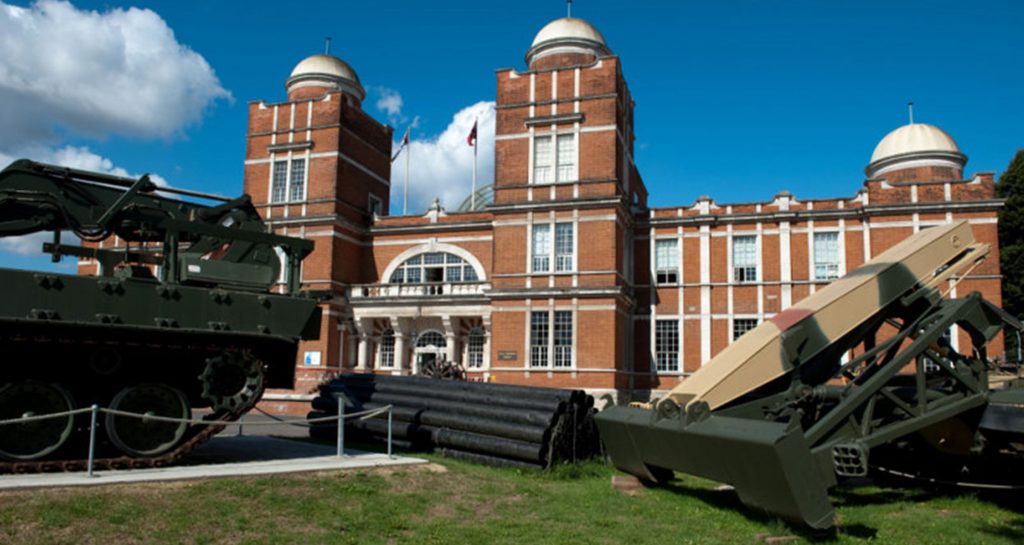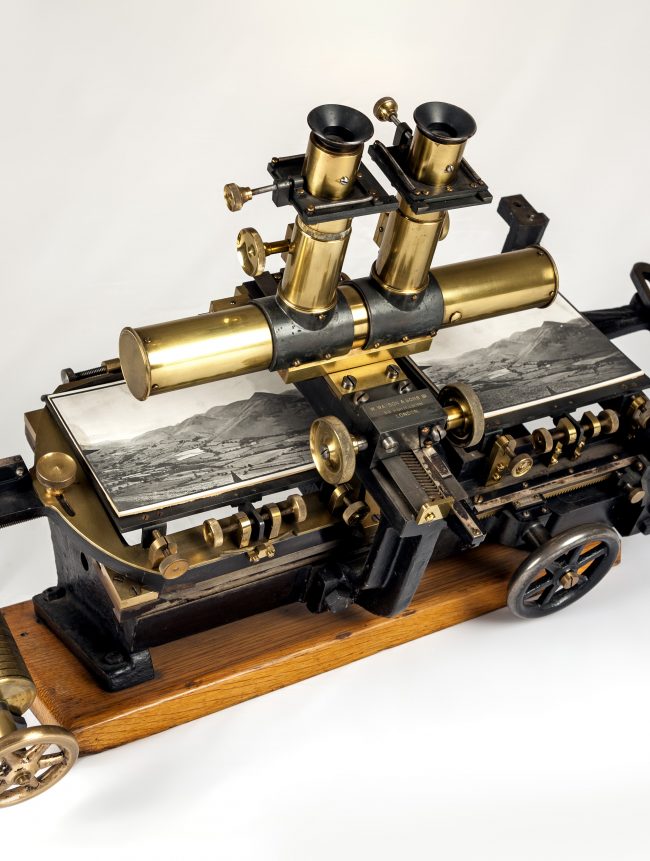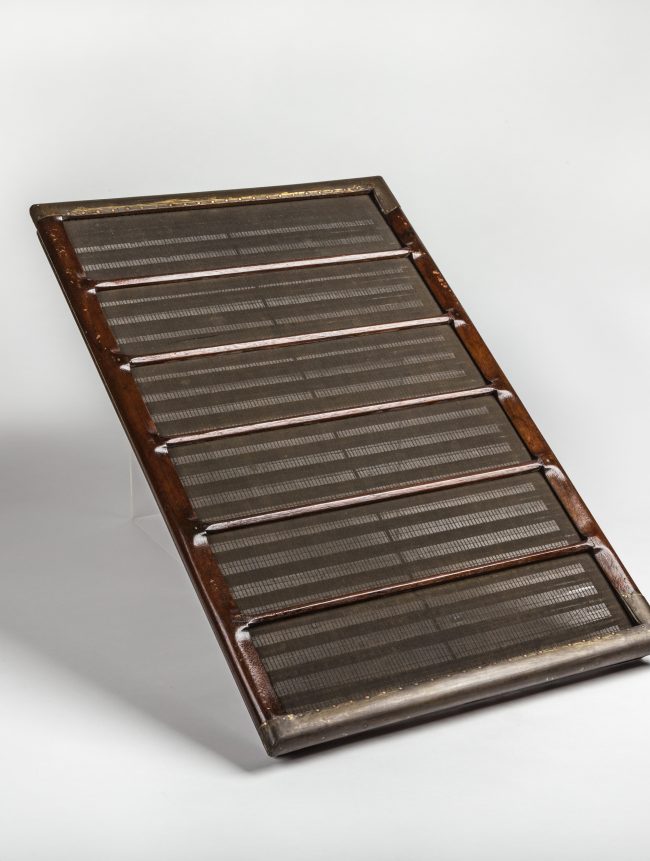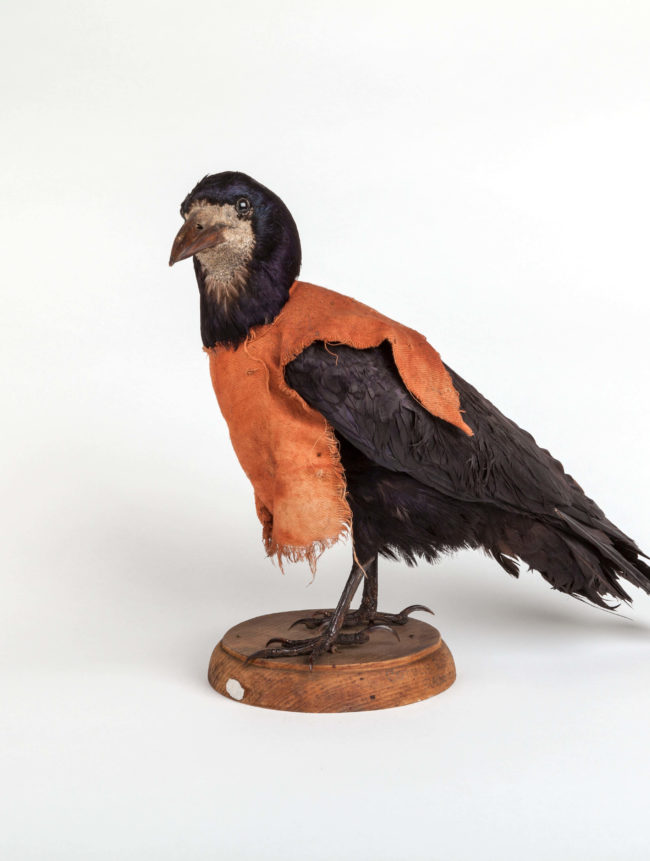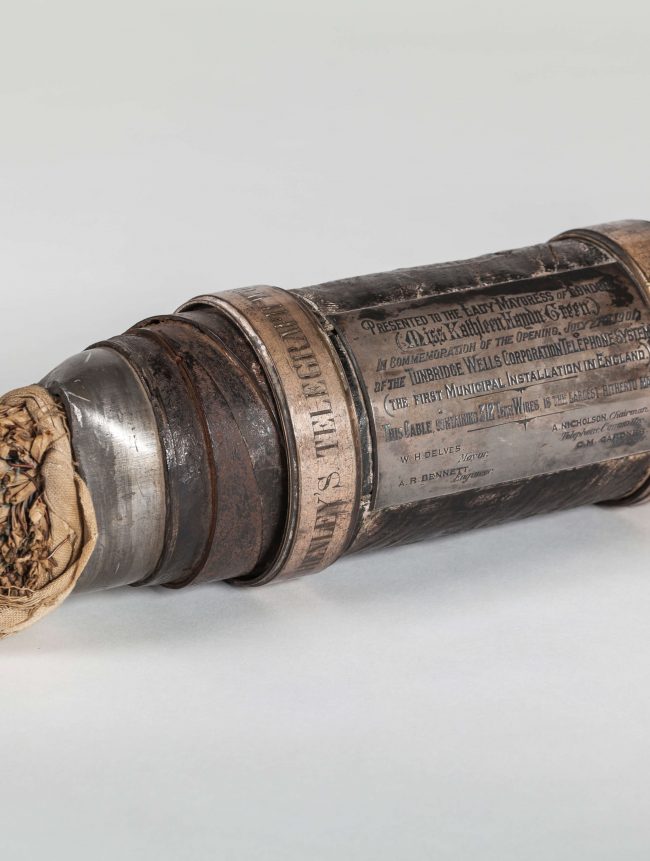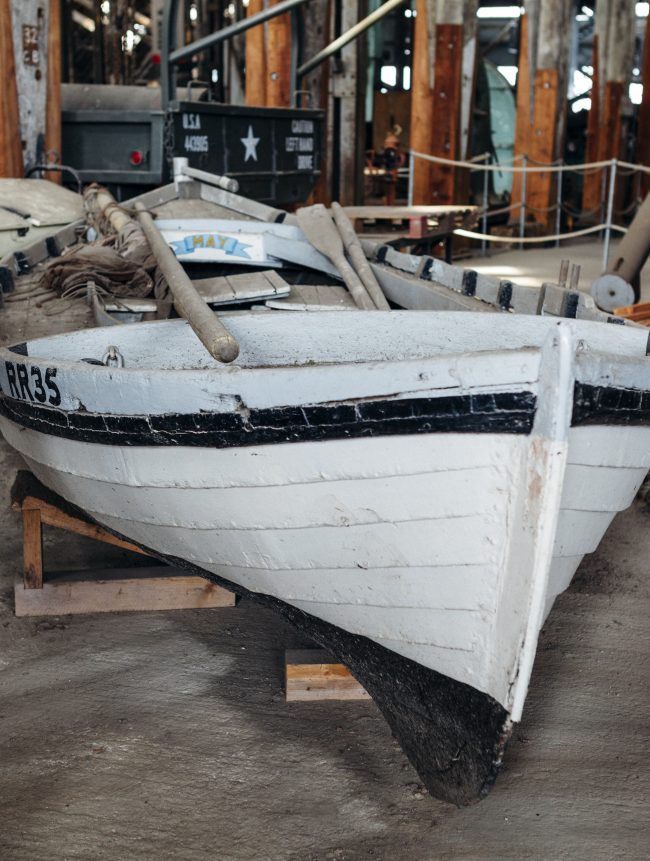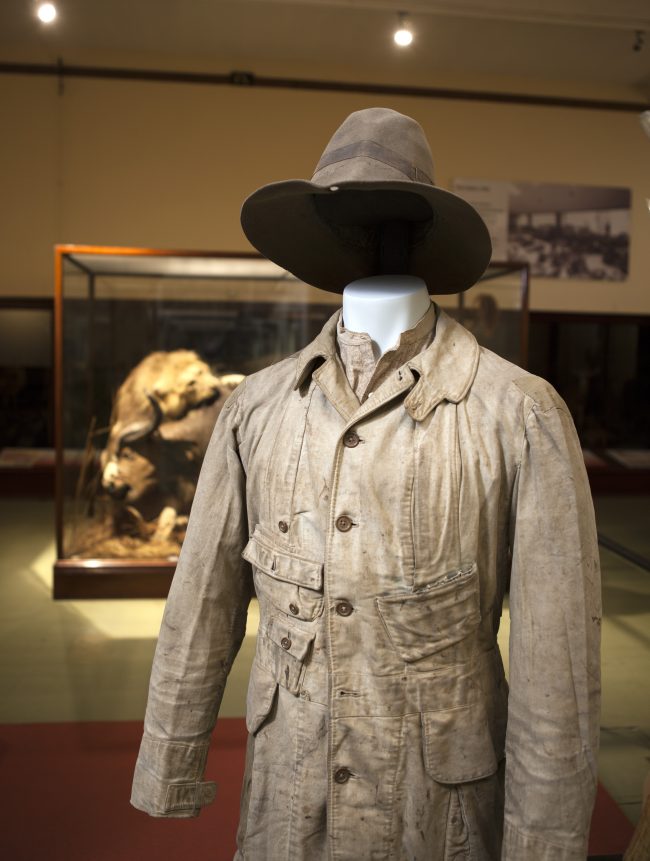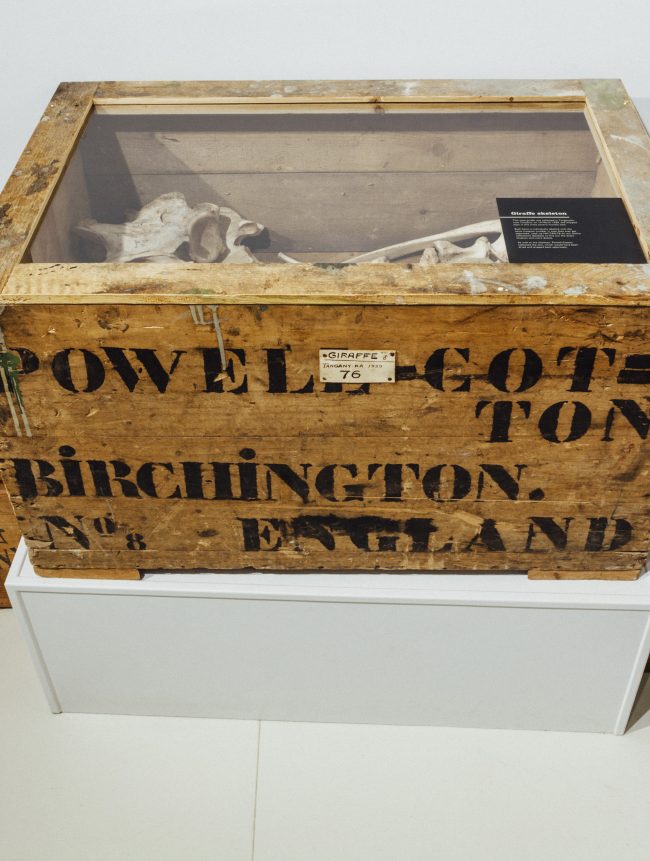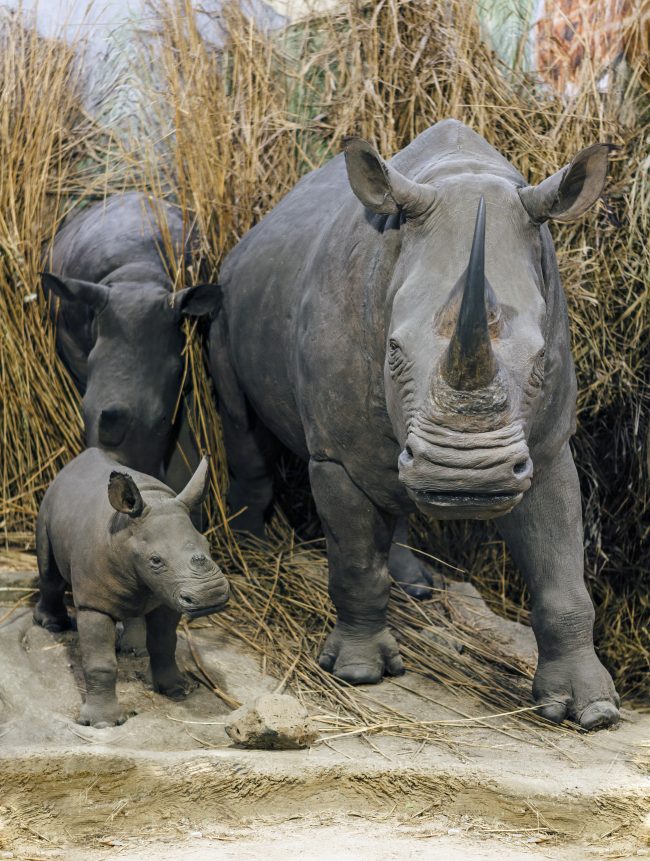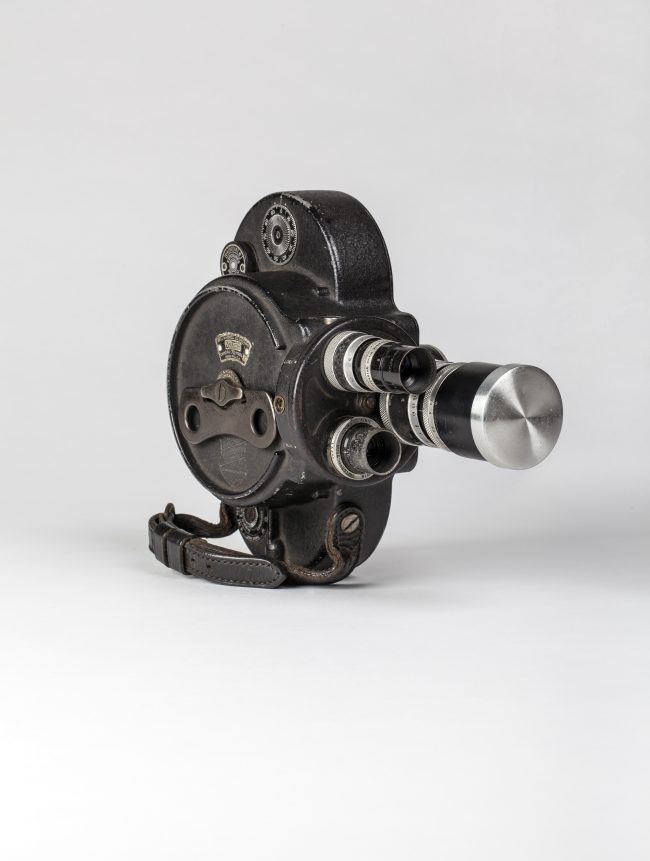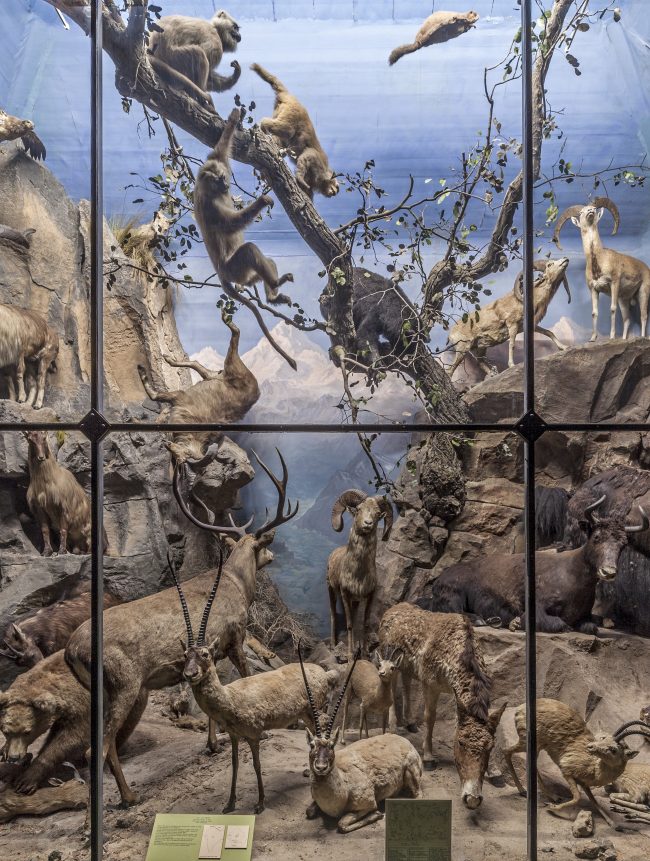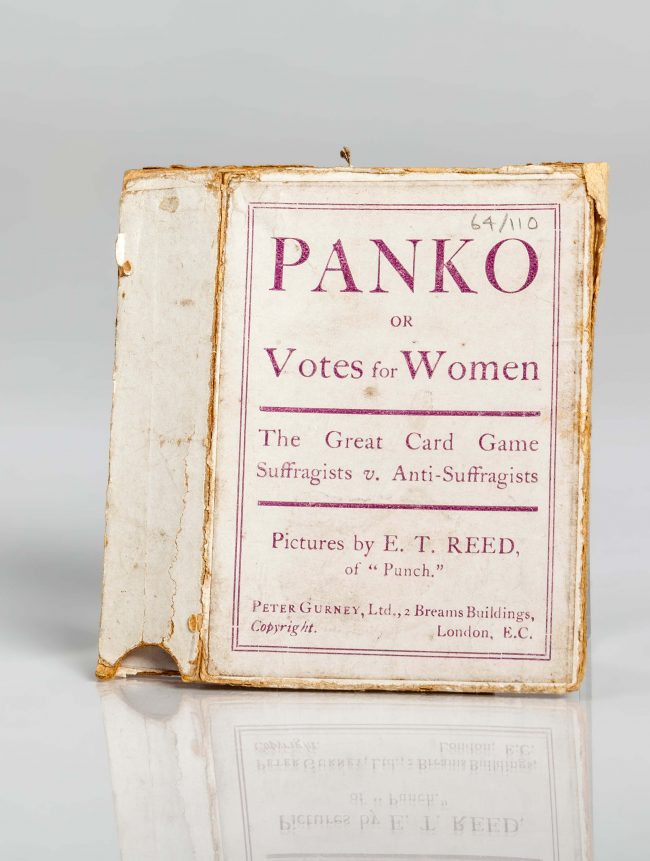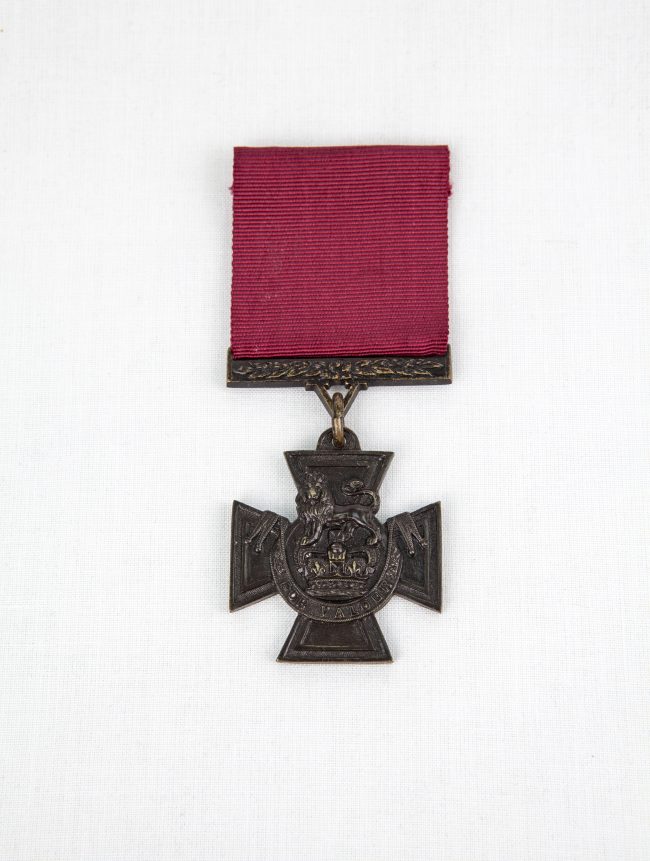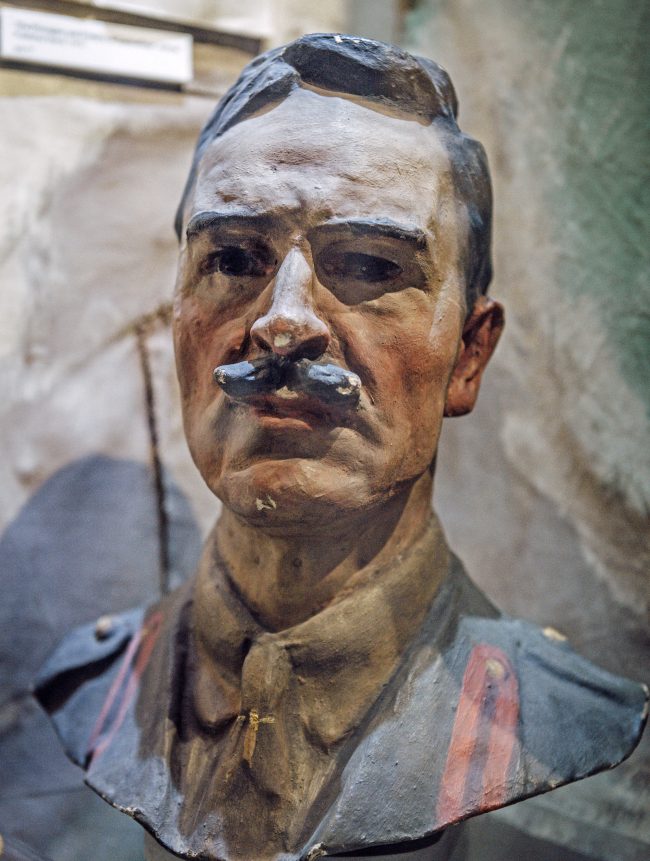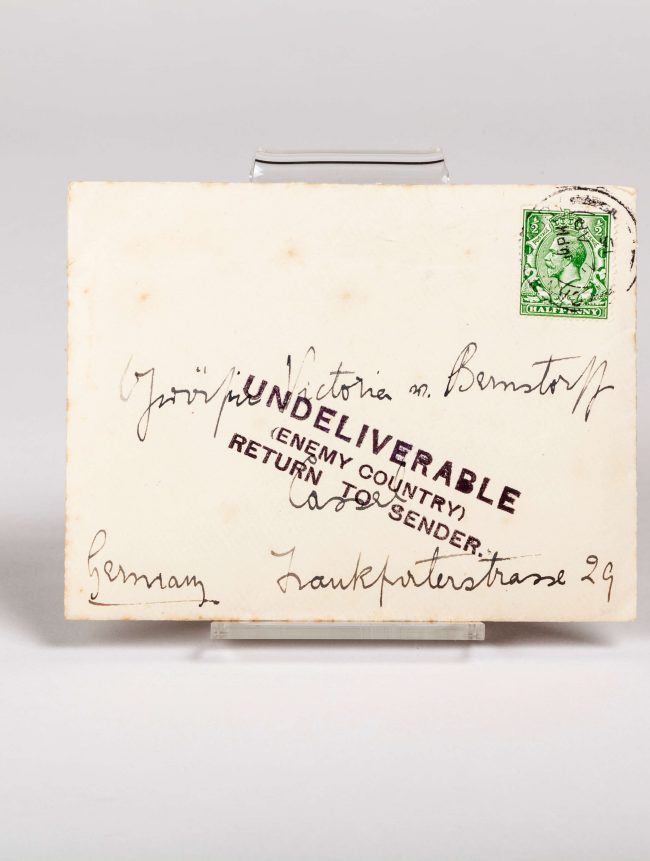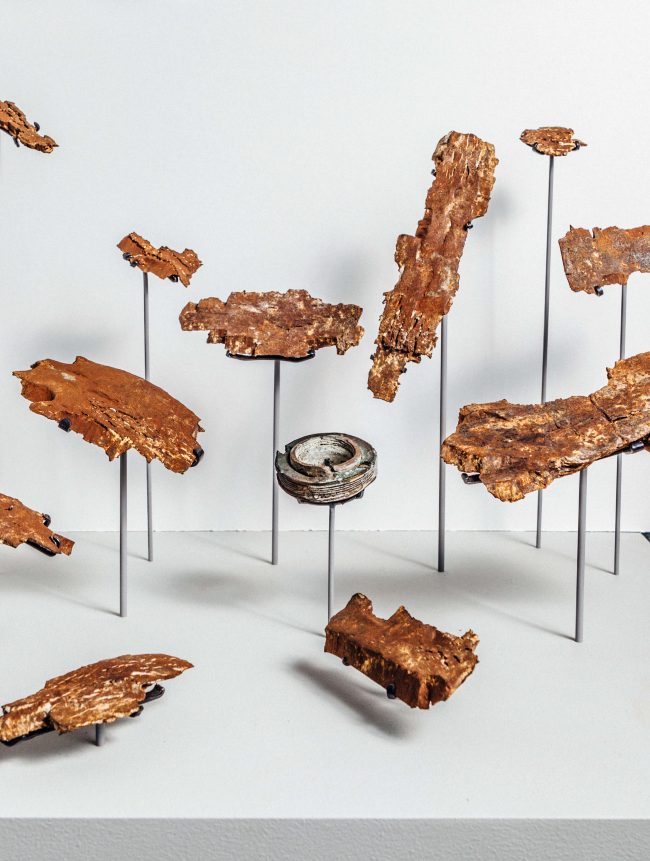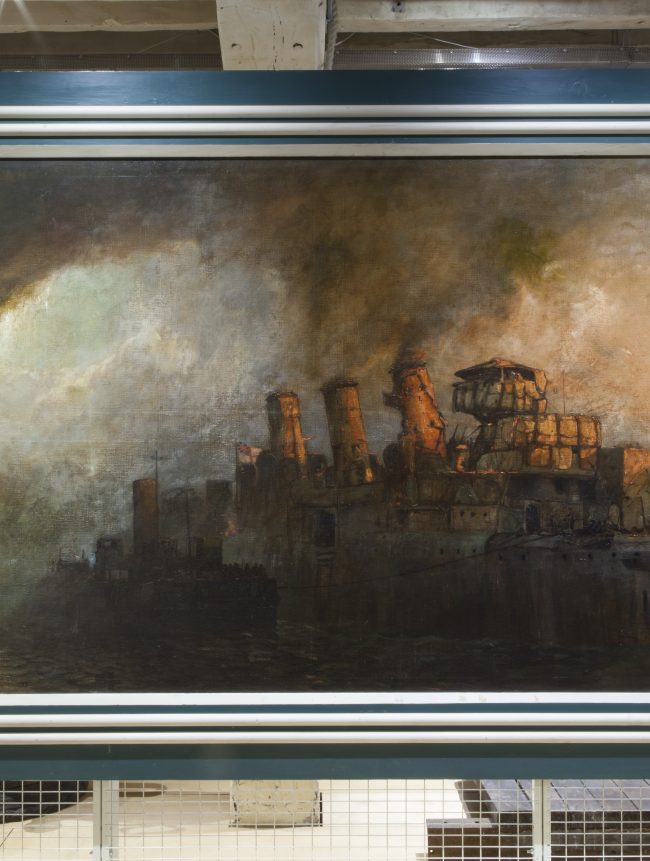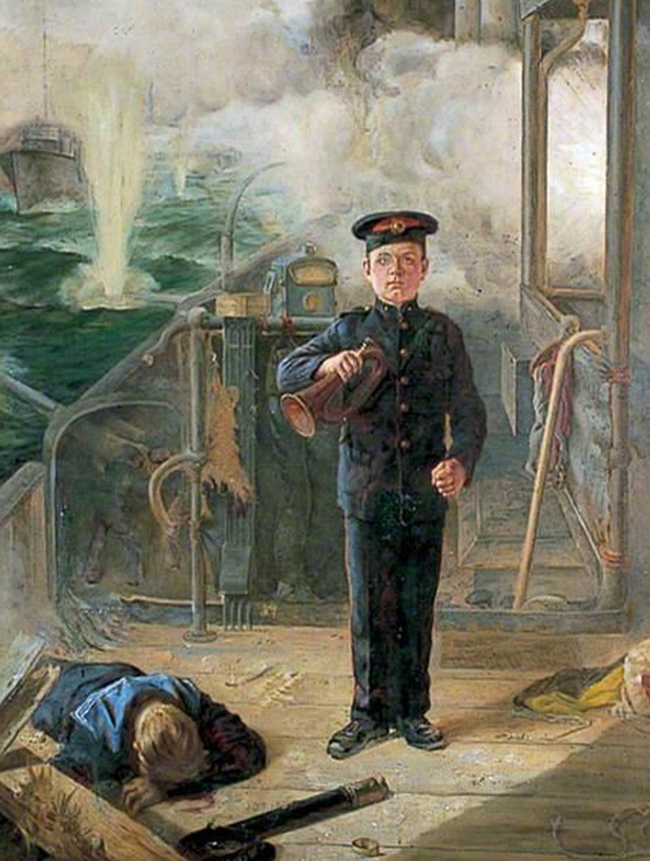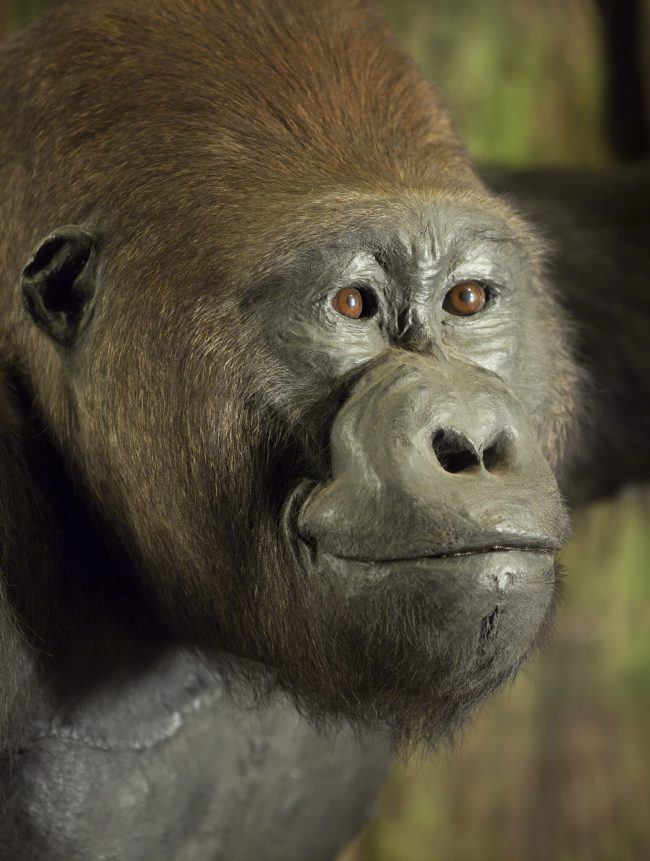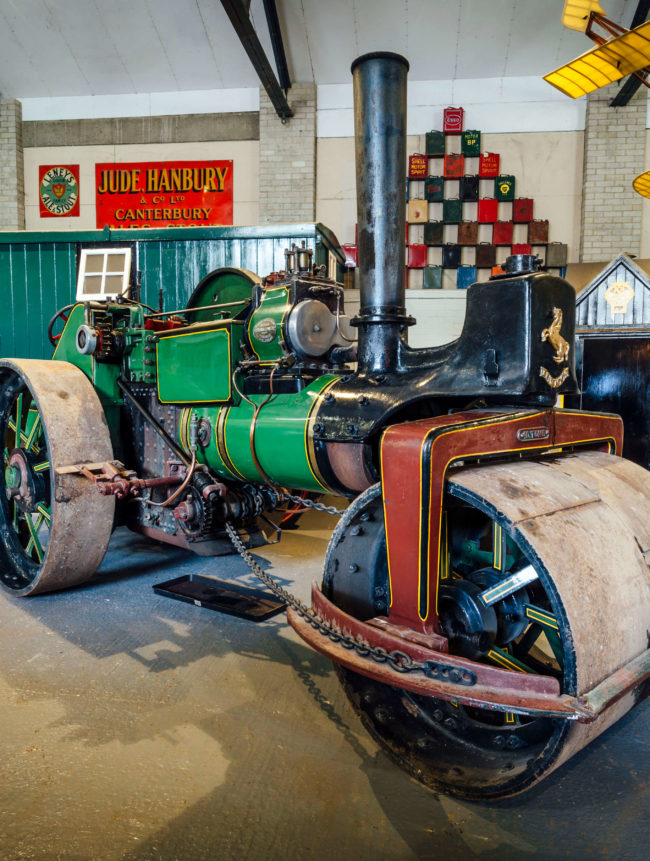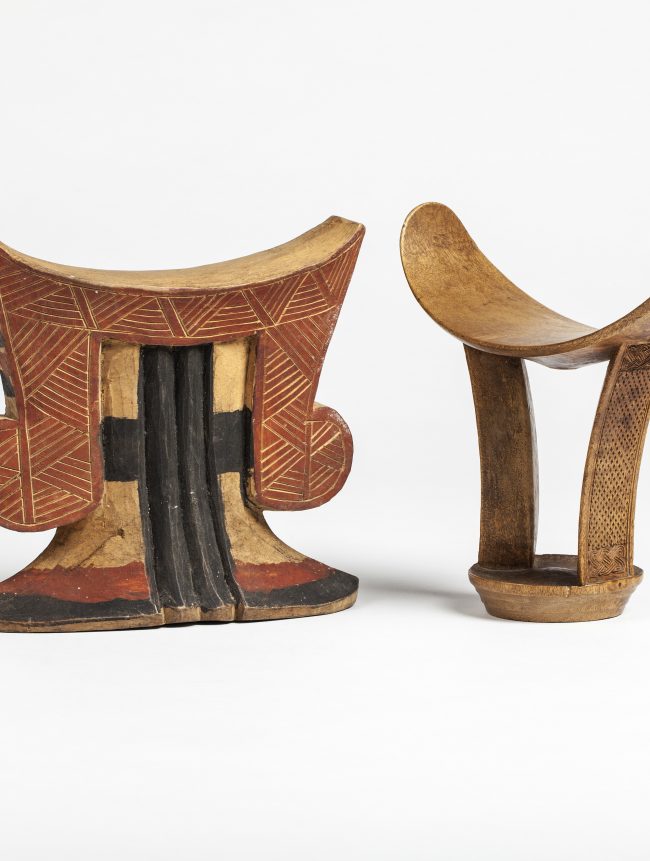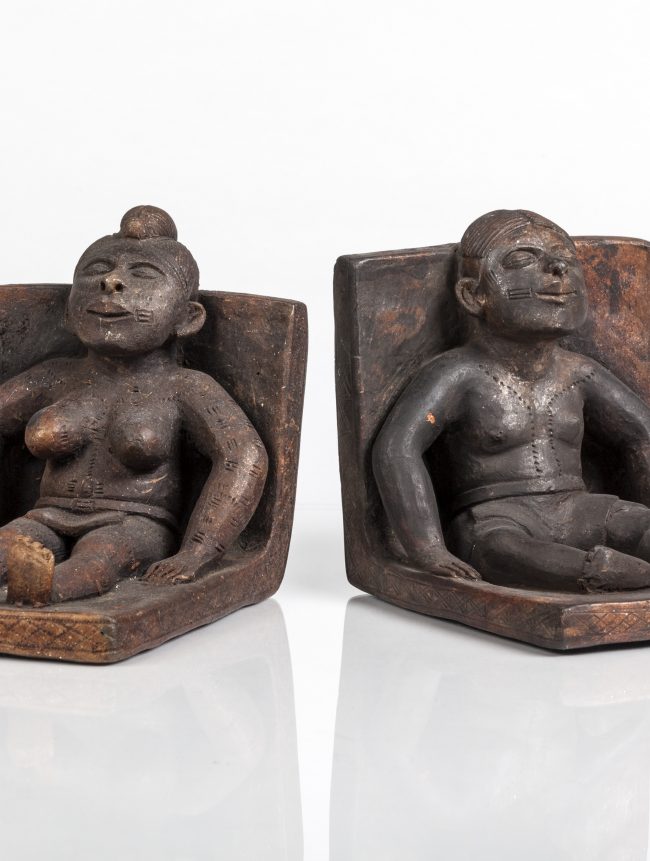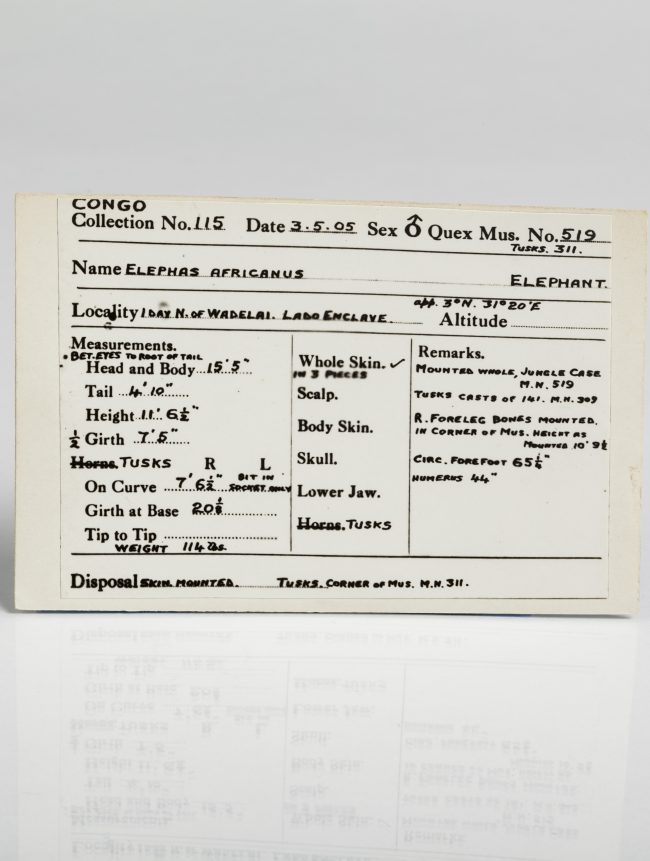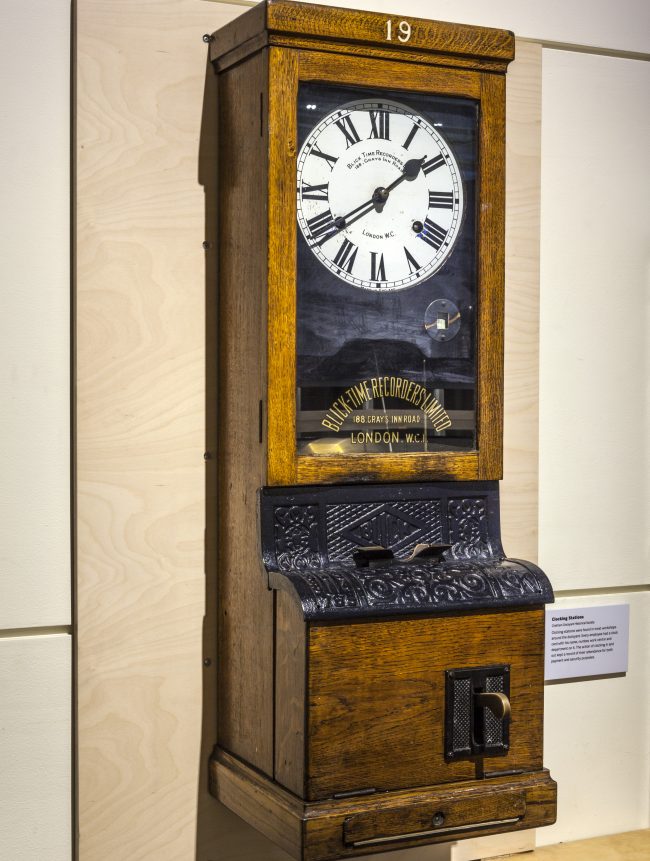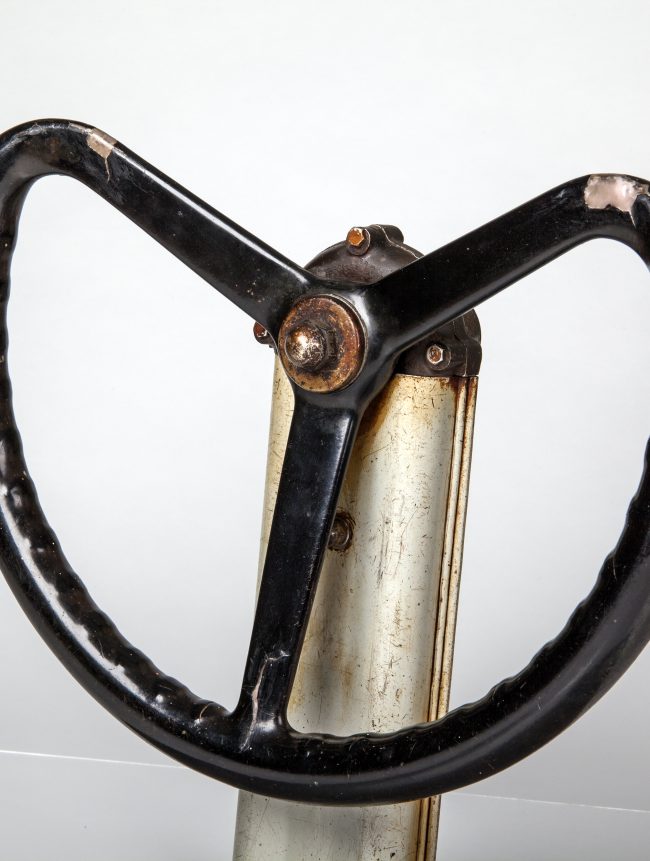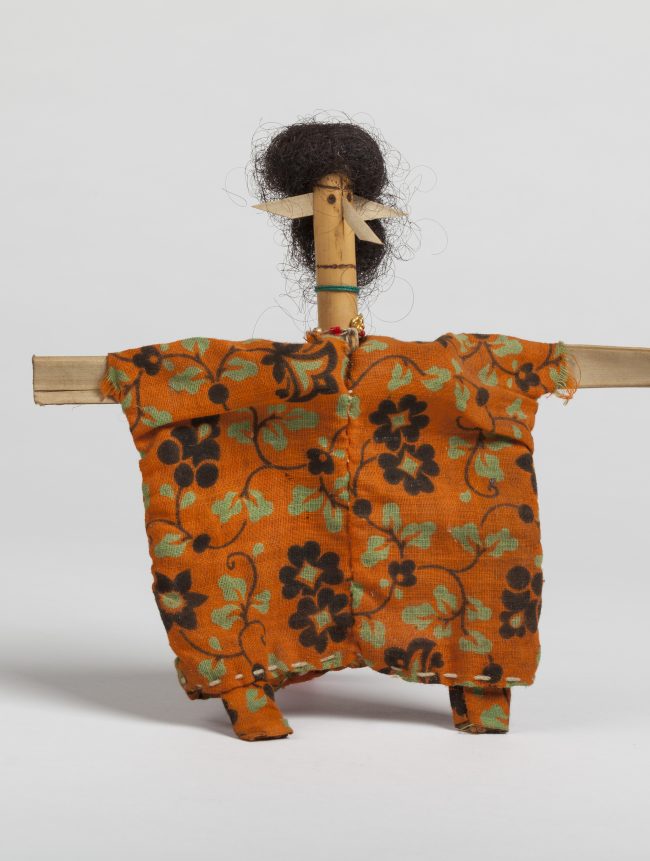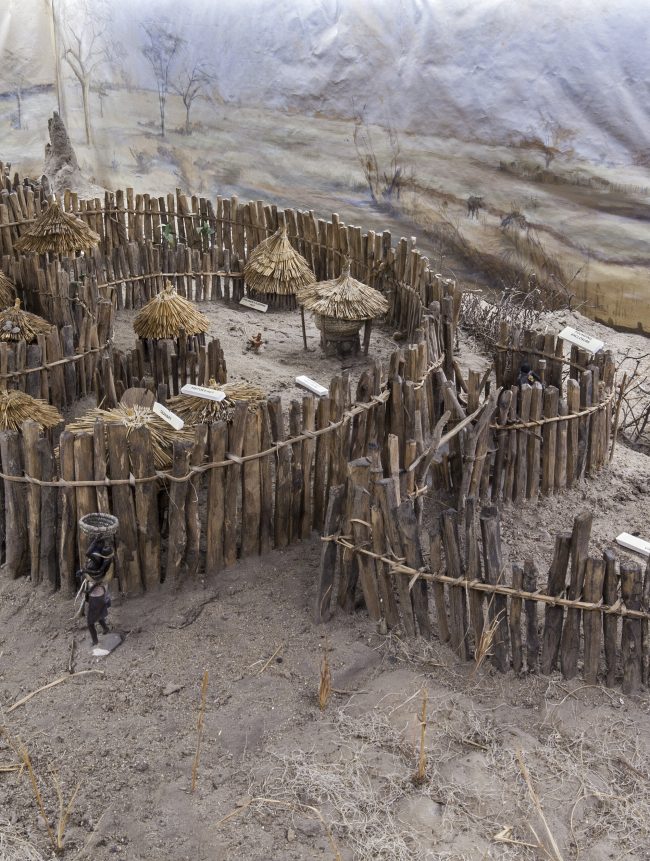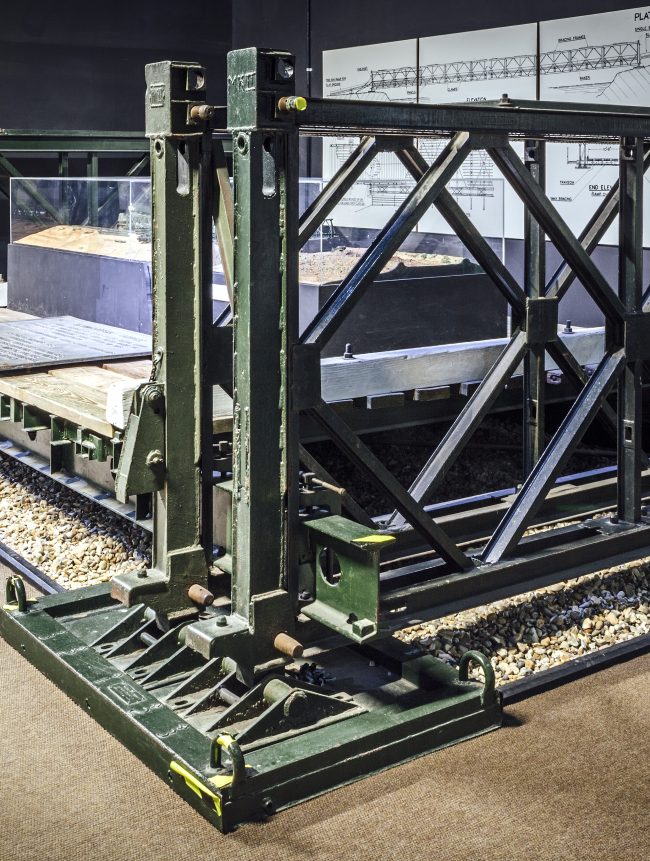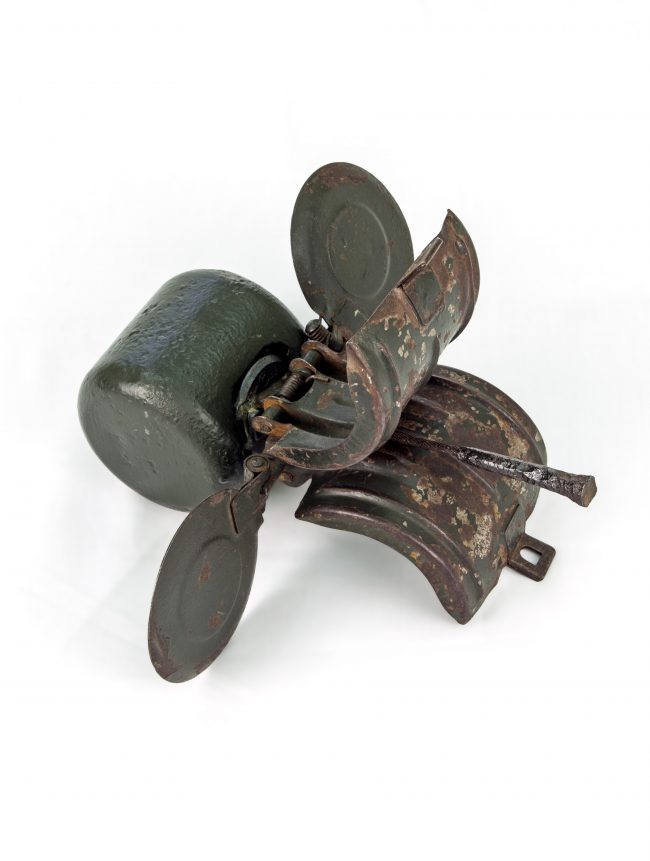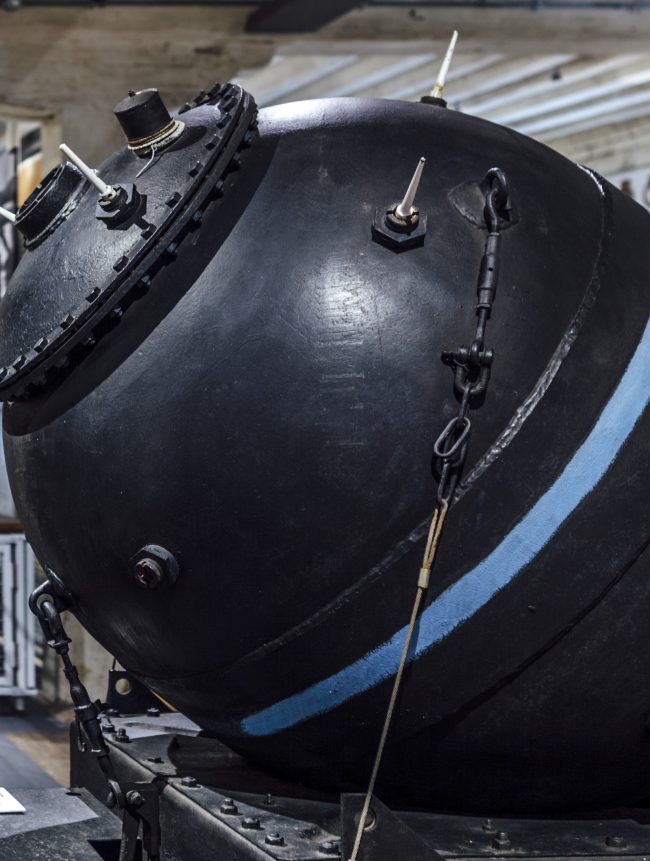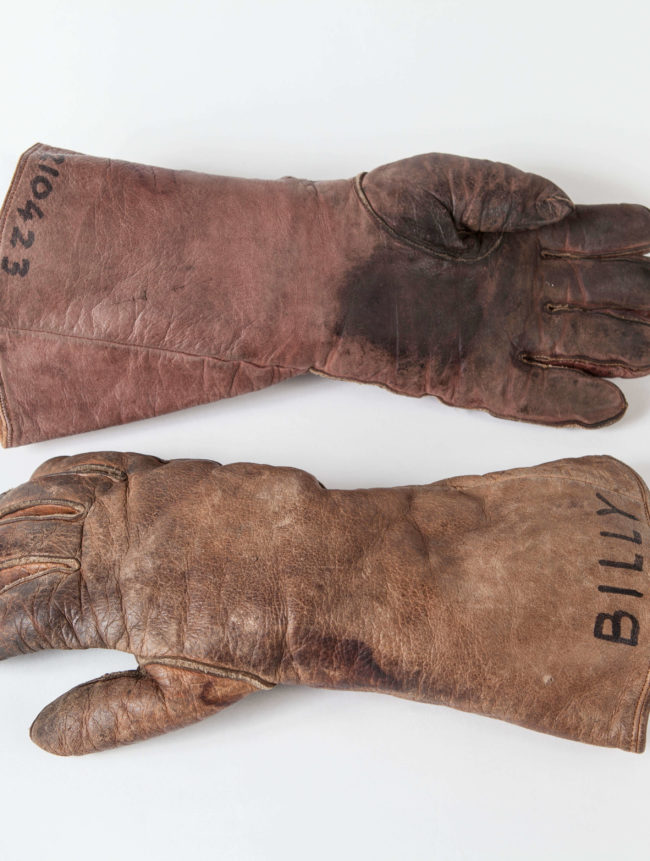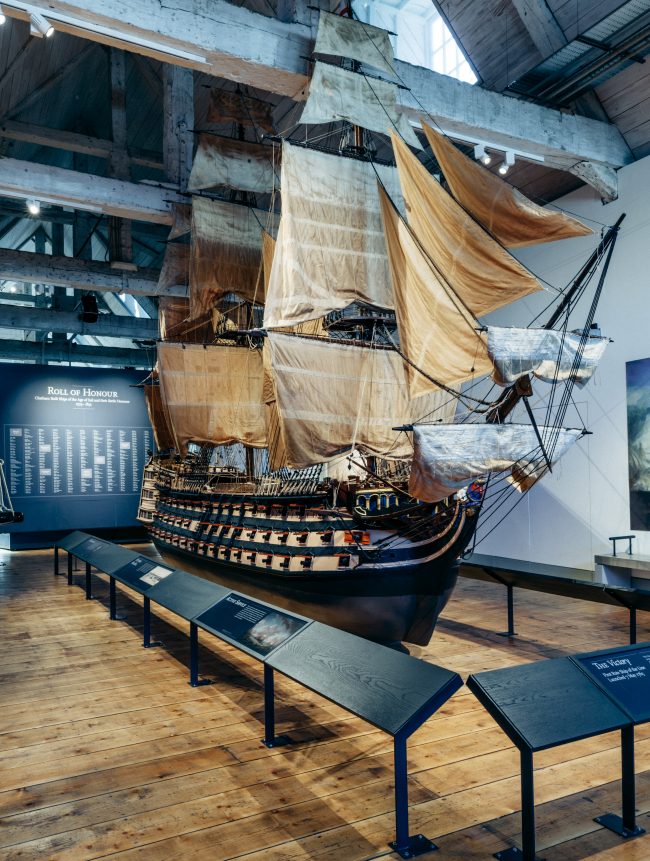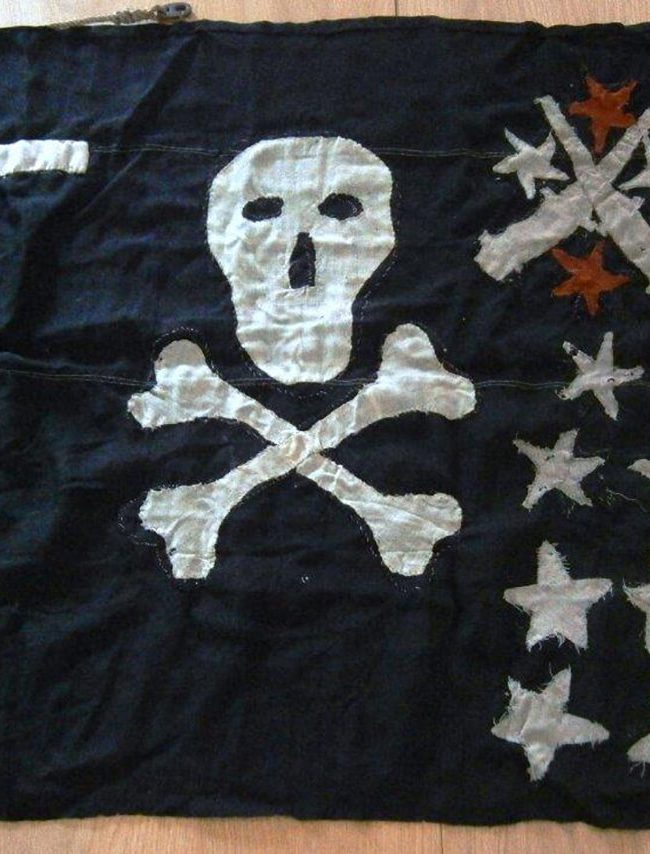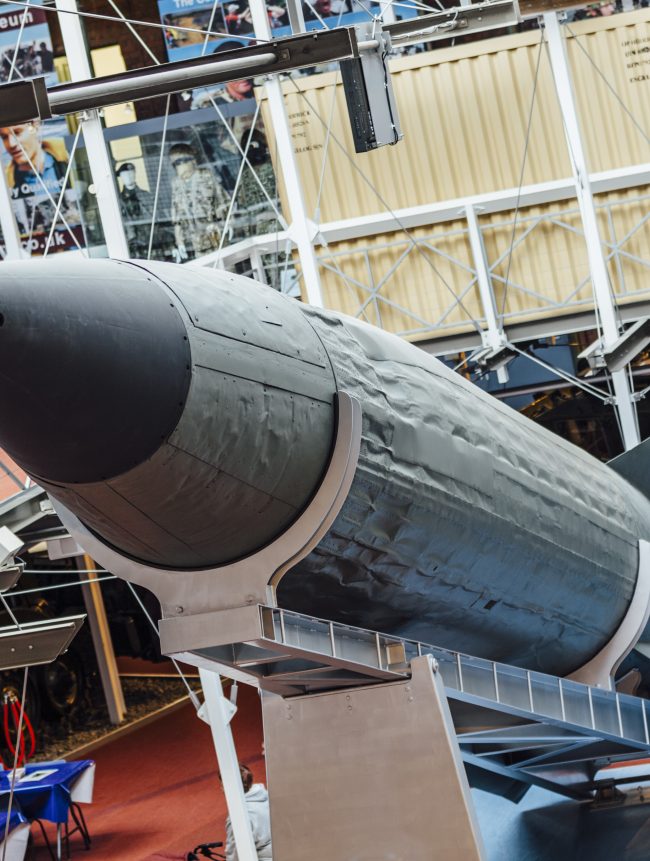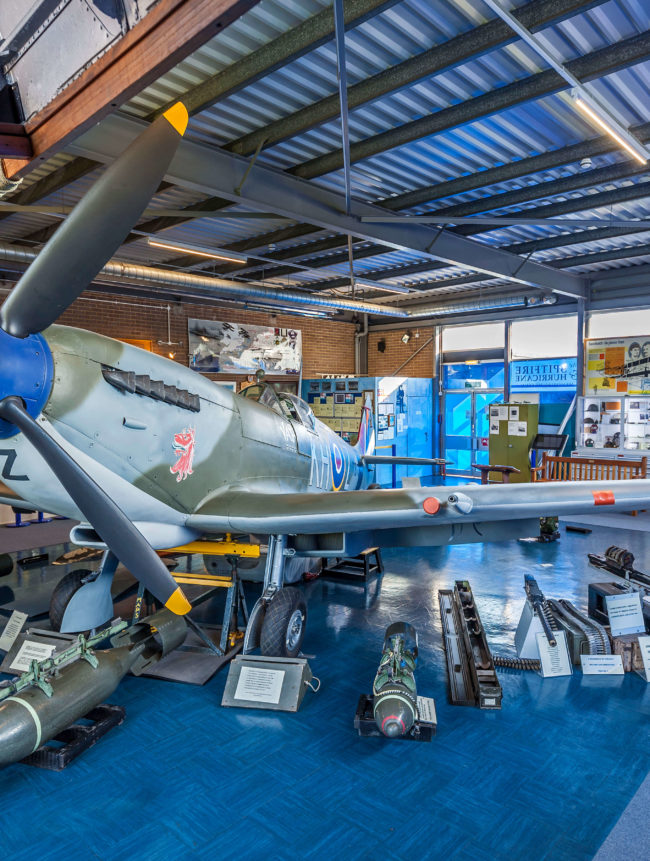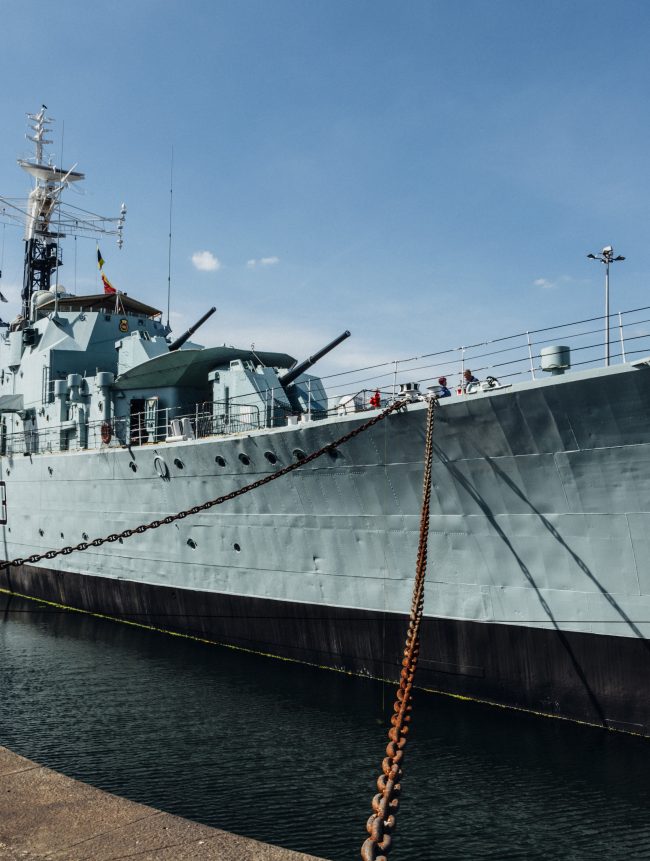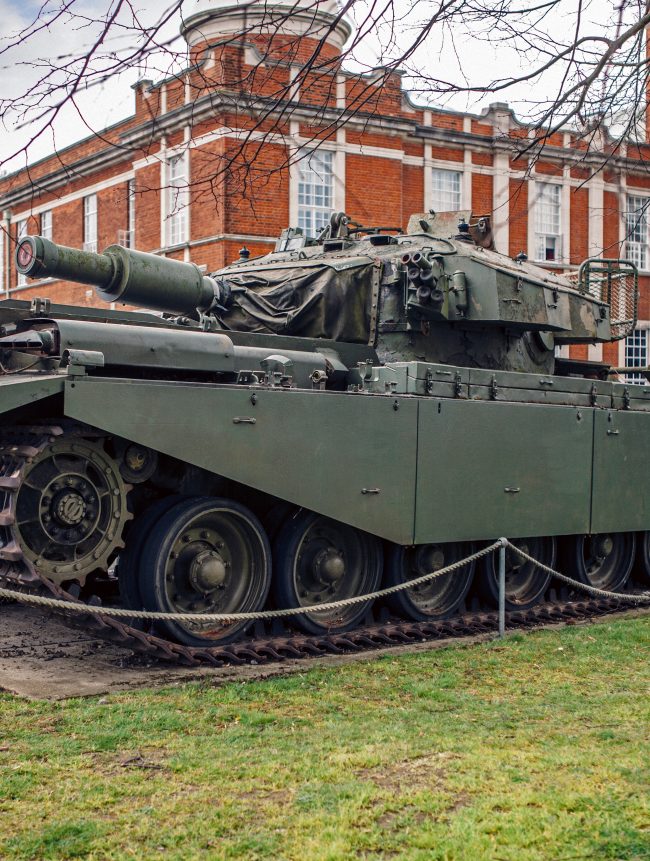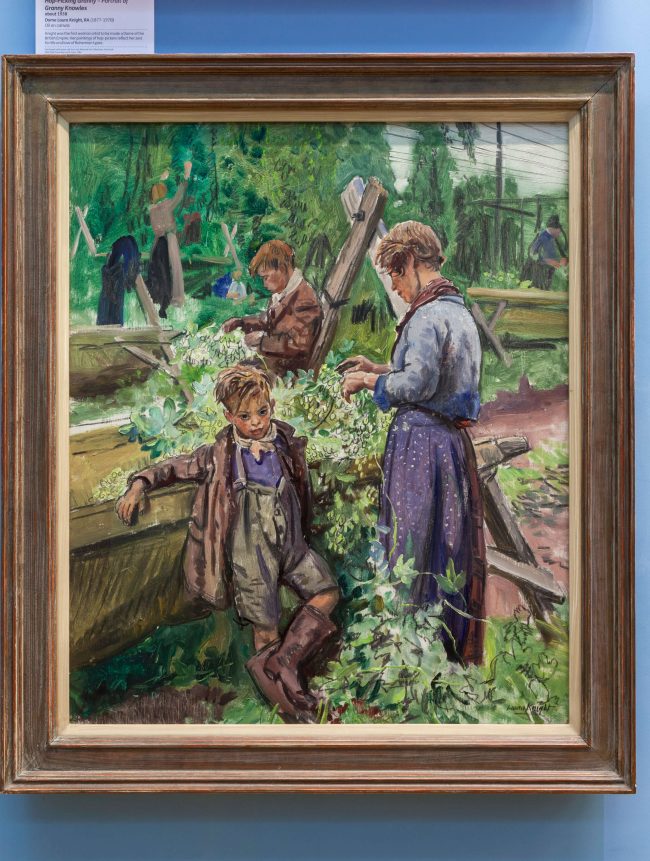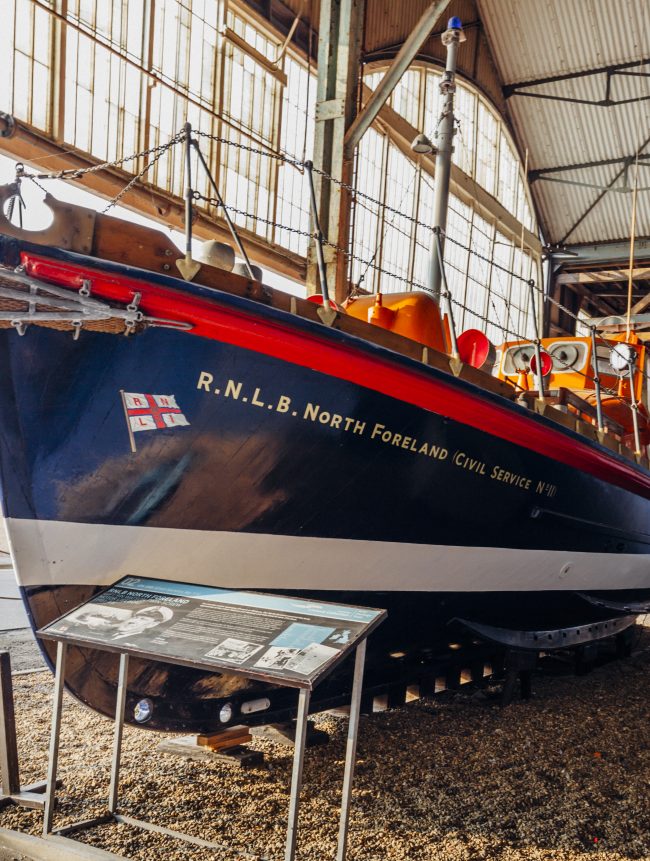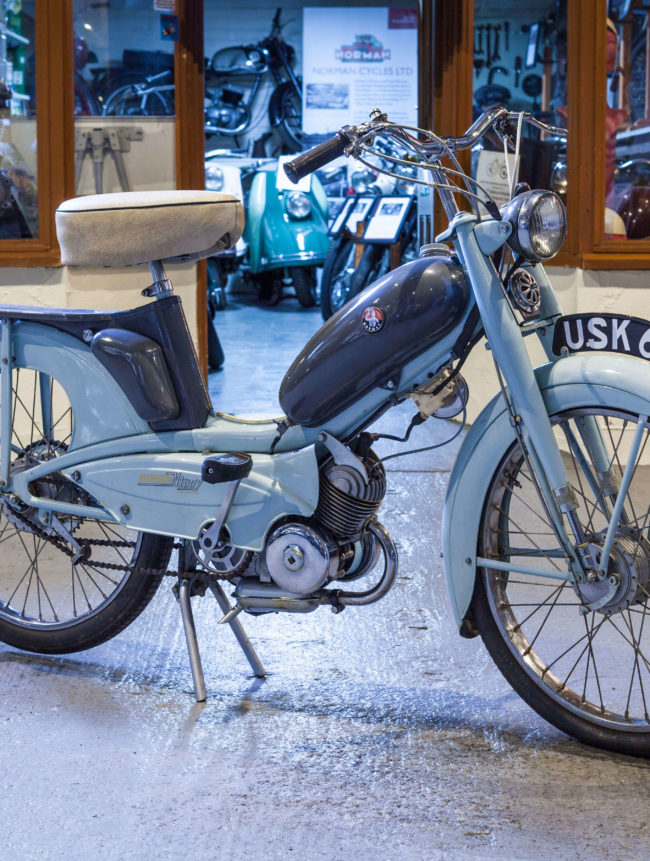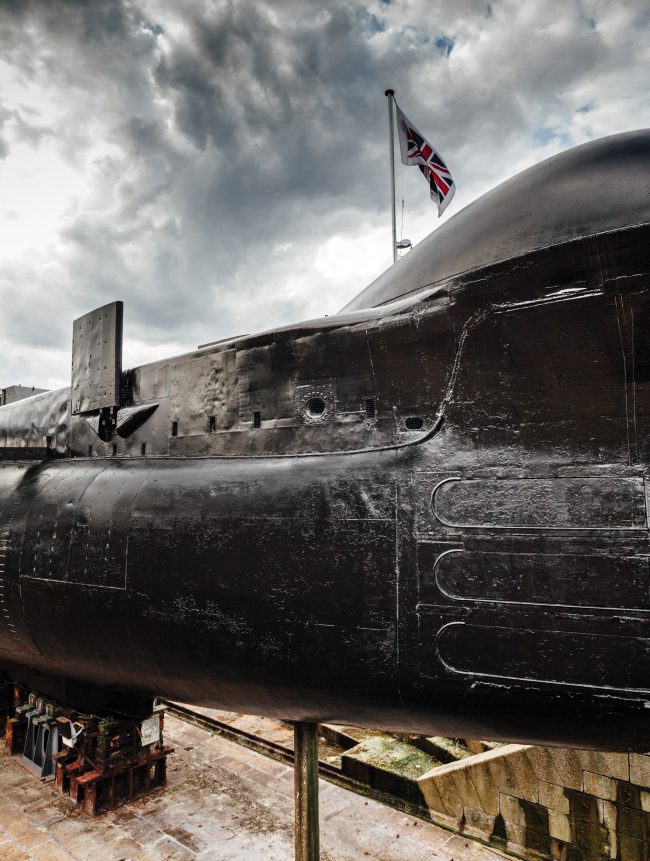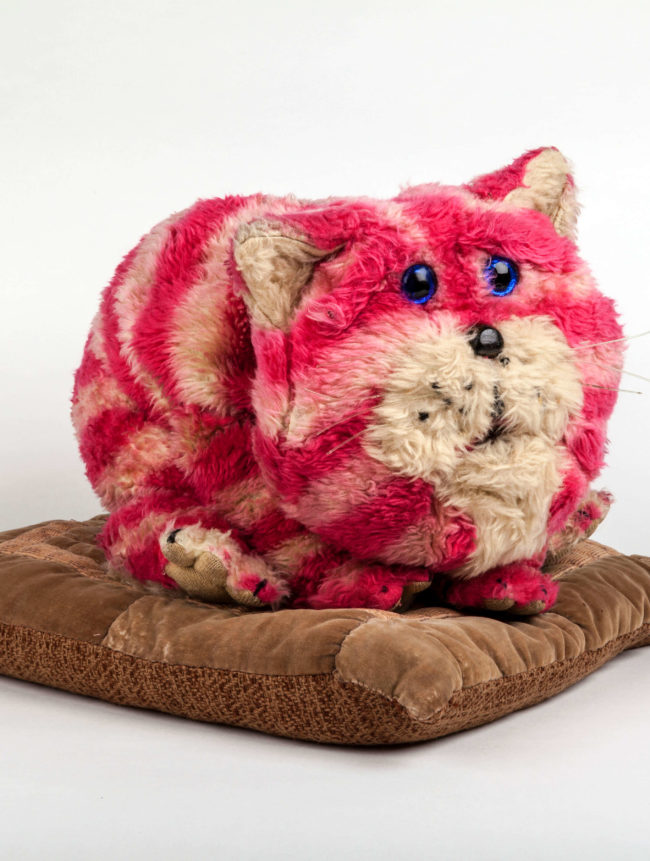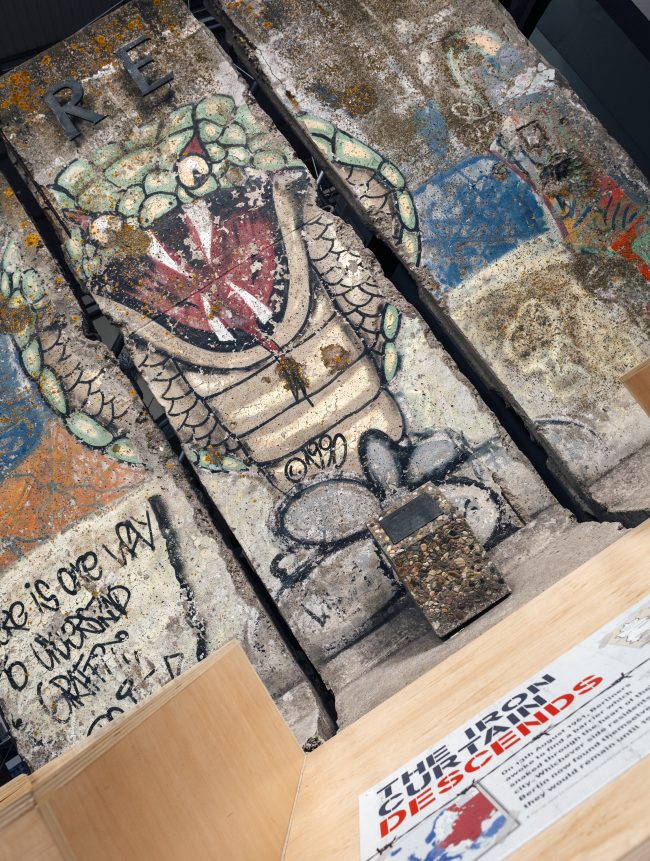About
This PH hood was used by the Royal Engineers during the First World War and was donated to the Museum shortly after the War ended.
Learning
The earliest military uses of chemicals were tear-gas grenades used by the French in 1914 though they were not designed to kill but to irritate the eyes and skin. These didn’t work as expected and very soon stopped being used.
The first instance of large-scale use of gas was on the 31st January 1915, when the Germans fired artillery shells containing tear gas on Russian positions on the Rawka River, west of Warsaw during the Battle of Bolimov. However, instead of vaporizing, the chemical froze and failed to have the desired effect due to the cold weather. It wasn’t till the 22nd April 1915, The Germans used gas to good effect near the Belgium town of Ypres. When 168 tons of chlorine was deployed. Causing heavy loses to the defending British, Canadian and French troops but they were still able to hold back the advancing Germans.
The Weather was a key factor when using gas. Wind was favourable as if it was blowing towards the enemy the gas was able to travel faster and spread. If the air was dry the gas would linger and dispel over a short time.
The First use of the British using gas was a disaster when on the 25th April 1915 during the Battle for Loos. They themselves used chlorine but due to wind change the gas was blown back towards the British Lines. Army Medical Officers and Scientists went to great lengths to find ways to counter this new form of warfare. One scientist called John Haldane even gassed himself to feel the effects of the gas.
The first counter measures against Chlorine was use of a cotton face mask and goggles designed by Dr Cluny MacPherson. The mask was first damped with water as barrier but was later found that urine which contains urea that reacted against the Chlorine and forming a more effective barrier. By the end of 1915 Chlorine became less effective and the Germans began using other gases such as Phosgene and Mustard gas which depending on how much was inhaled or exposed to the skin either killed or wounded the soldier. With many men have long lasting effects such as skin burns and lung problems and in some cases blindness. With the new forms of gas being used new ways had to be invented to counter the effects. New forms gas masks were introduced. Such as the Hypo Hood, PH Hood and the Small Boxed Respirator, with masks even being designed for animals such as dogs and Horses during the course of the war.
As the First World War drew to a close the use of gas became less effective on both sides due to the introduction of new ways to protect the soldier. In the Second world war all sides stocked piled gas for use, but it was only used in small numbers as the horror of its use in the first war still haunted many. With this including none other than Adolf Hitler, who as young soldier in the first war knew the effects of this weapon being gassed on the Western Front and didn’t want it used against his enemies in fear of it being used against Germany.
Curriculum Links:
- KS1: Significant Events, Everyday Materials
- KS2: Local History, First World War, Materials and Their Properties, States of Matter, Artists, Architects and Designers in History
- KS3: Local History, Britain 1901- Present Day, Chemical Reactions, Gas Echange Systems, History of Art, Craft and Design
